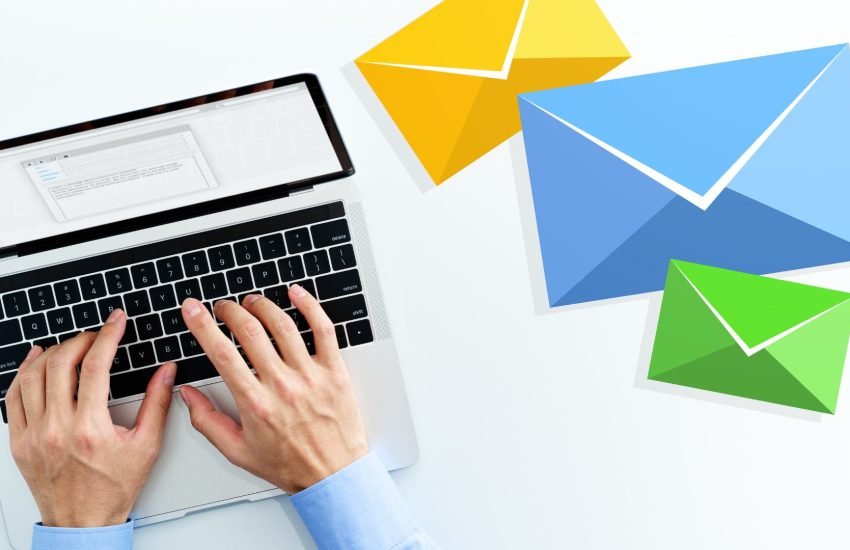Do you want to know how to how to email a professor in the best way to get the response you require? You can find all the information you need in this article. One of the numerous things you might have to do in college is send your professor an email. Most likely more frequently than you’d like. Although there’s no need to panic, there are a few things you should consider before contacting us.
The most crucial thing to keep in mind is that each email you send to your lecturer ought to be formal. Keep in mind that the schools you apply to can have a significant impact on your education. Your professor, who is an authority in the subject, has access to the data you require and may even be able to advise you regarding your future job.
Every time you communicate with them, it’s critical to make a good impression because your letter will have an impact on whether they inquire about further career-enhancing options, such as internships and scholarships.
Read Also: UCC Cut Off Points For All Courses 2025
Still On: How To Email A Professor
Quick Navigation
How To Email A Professor | Full Guide – 2025 Updated
Emailing a Professor? Observe this Guide
The lecturer should write a short email. You’ve sent emails on several occasions. Emailing a professor is different from emailing a friend or a member of your family, though.
It might be difficult to learn proper business email etiquette, which makes sending your first email even more difficult. These pointers will enable you to compose effective emails that elicit responses.
1. Greetings
Dear or Hello should be used as the salutation in emails to professors. Your professor will think you’re not taking yourself seriously if you say “hello” in this context because it’s too casual.
2. Name and title
The professor’s name and title should come after the greetings. You might think this is unnecessarily formal, but it’s a crucial way to respect the professor, his authority, and his education. It is possible to unintentionally insult your teacher by leaving out or using the incorrect title.
The majority of educators should be addressed as “Professor” or “Doctor” before their last name. Before pressing the submit button, double-check the spelling of their name.
Still On: How To Email A Professor

3. Set the Context
Many instructors have a large number of students, so they will require background information to get to know you and be able to answer your query. This is especially true if this is your first email to them.
Telling them what class you’re in and when your class meets is the simplest way to assist them grasp who you are (if it has multiple sections). You may skip this part if you are positive that the lecturer recognizes your name.
4. Keep it brief.
Make sure your request is straightforward and understandable because professors receive numerous emails daily. Make sure to phrase your query succinctly to avoid boring him with your email.
By simply outlining some of the measures you have already done to address a query, you can also cut down on the number of emails required to respond.
These include consulting classmates and talking with assistants, as well as reviewing the syllabus (required before emailing teachers).
5. Sign off.
Your signature and name come before you sign off on the email. It suffices to say “Best”, “cheers,” or “thank you,” along with your name. Your first and last names can be added to your signature if your university email address does not already contain them. This facilitates the professor’s ability to find you in their database.
Still On: How To Email A Professor
Read Also: List Of All Top 10 WUE Schools
6. Clarify your subject lines.
There must be a subject line in your email. In addition to benefiting the lecturer, a subject line keeps your email out of the spam bin. The subject line of your email should be brief and accurate. It’s acceptable to use phrases like “question concerning [class name] Exam” or “meeting invitation.”
Recommended
- Ryerson University 2025: Acceptance Rate, Admission, Ranking, Tuition Fees
- How to Become a UX/UI Designer
- Texas Tech Scholarships in USA 2025
- How Much Is Esthetician School?
Still On: How To Email A Professor
7. Being a professional
Your email ought to demonstrate your professional relationship with the professor. This means that you must correctly use grammar and spell every word when crafting the message (including capitalization and punctuation).
Avoid using emojis. Although they are a typical way of communicating, they are inappropriate in a formal email. Before sending the email, read it over to look for typos. Also, you ought to refrain from including pointless personal information in emails. You are not required to give a justification for missing class.
SEE ALSO:
Trust you found our article on How To Email A Professor follow our website for more interesting articles.

